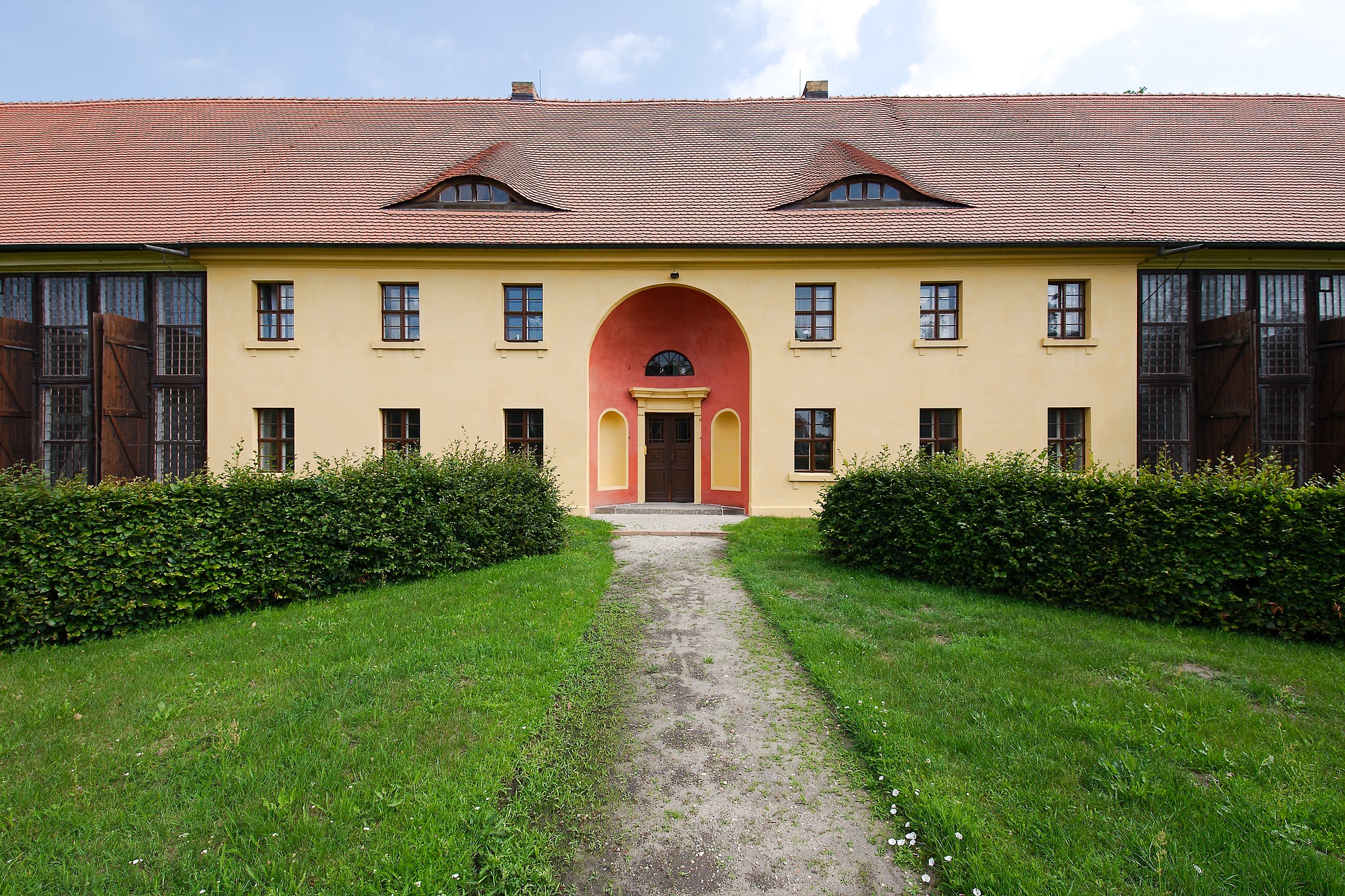Baltimore home prices up 6.5% in 12 Months
Home prices in the Baltimore area were up 6.5% in February compared to the same period last year. The housing report data shows that while the sales volume is growing, inventory remains low.
The median home price in February was $245,000, a $15,000 increase over the median price last February. The price is the highest in a decade.
Home prices are also up 2.5% from January, or $6,000. Closings were up 1.9% in February compared to last year.
While the number of listed homes increased by 16% between January and February, inventory has been on the decline for 30 months. Active listings were down 12.7%.
Inventory is about two-thirds of the 10-year average.
With so few homes available, many sellers are getting close to their asking price – 95.2% of the original list price. Homes are selling quickly, too, spending an average of 41 days on the market.
Howard County is the most expensive jurisdiction in Maryland, with the median price at $382,500. Baltimore City remains the most affordable area, with median prices at $108,575.
In the commercial market, asking rents for offices in Baltimore increased to a five-year high during the first three months of the year. The average asking rent was $23.41 per square foot for the period, up 8 cents per square foot.
Office vacancy rate hovered at 12.7%, the same as the last quarter of 2017.
Housing inventory has been a problem across the country, driving prices up and causing many to spend more than expected on a home.
According to a new report, buyers went beyond their upper limit, borrowing an average of $16,510 more than they planned. Even in markets like Myrtle Beach, where the median home price is just $123,900, buyers are spending more.
Nationally, home prices rose by 6.2% in January compared to the previous year. Prices are up nearly 50% from their bottom in 2012. Low inventory and a healthy job market are to blame for the rising prices.
Millennials are more likely to spend more, with many going 40% over budget or $24,545 on average. Gen-Xers spent about $13,000 more, while Boomers spent about $8,000 more.
Millennials are more likely to go over budget because they are first-time home buyers. Supply shortages and a spark spike in prices tend to have a major impact on starter homes. Many young adults are feeling an urgency to buy a home because they are renting or living with parents. Those who already own homes can simply stay in them until more affordable homes become available.
CareLogic, a real estate provider, considers nearly half of the 50 largest metro areas in the U.S. to be overvalued, according to data.
Some housing analysts say that the housing market is more dysfunctional than previously thought.
CareLogic expects home prices to cool off in the next year. They are expected to rise again next year but at a rate of 4.7% instead of the 6.7% seen this year.
Household income is on the rise, but it isn’t growing fast enough for potential homeowners to keep up with the high costs of homes.

